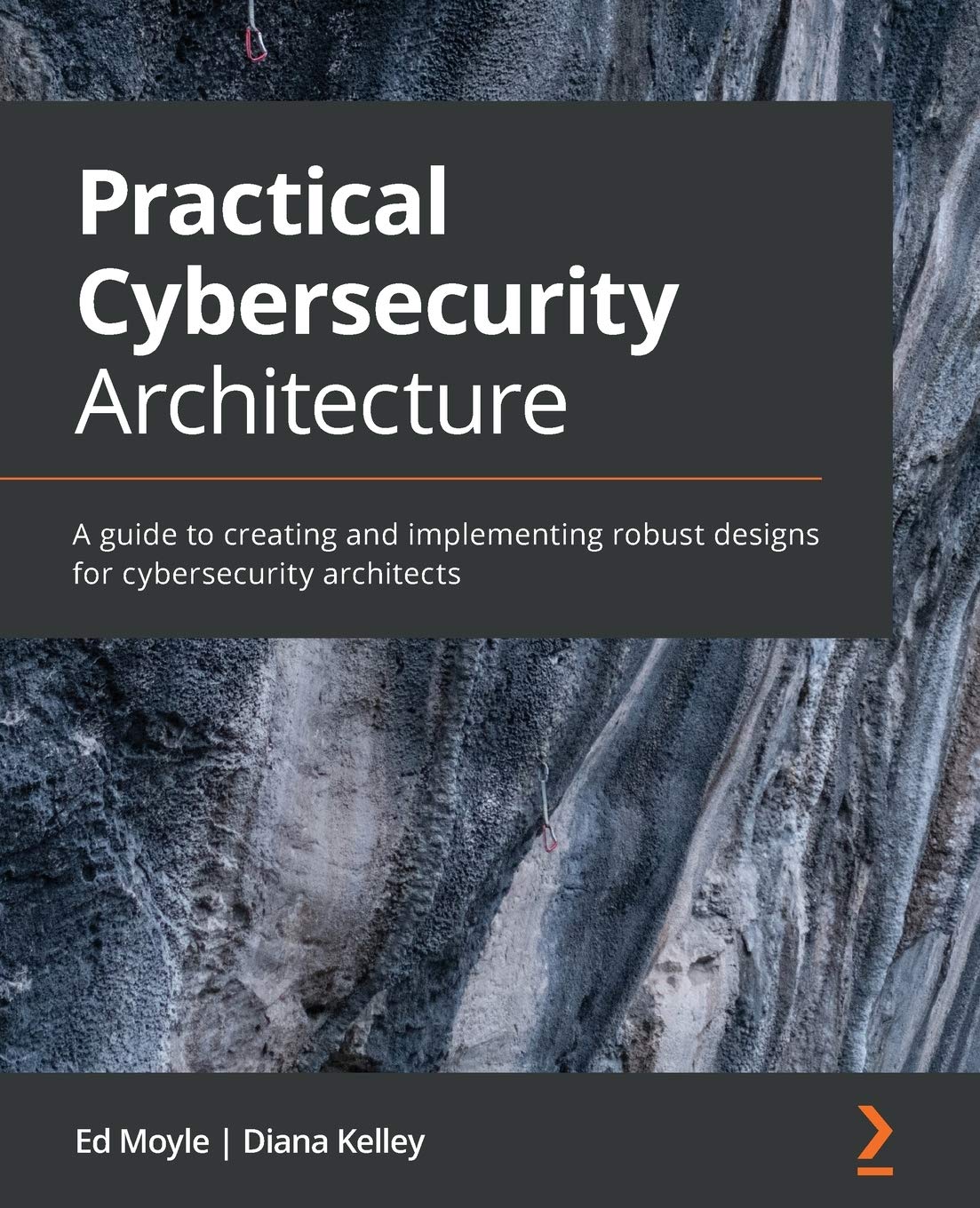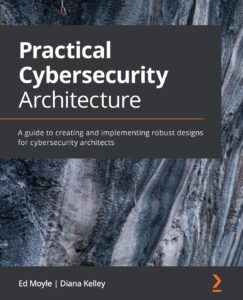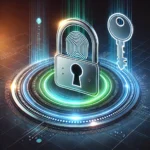Cybersecurity Architecture In today’s interconnected world, cybersecurity is no longer an optional add-on but a critical business imperative. Organizations face an ever-evolving threat landscape, ranging from sophisticated malware attacks to insider threats and data breaches. Building a robust cybersecurity architecture is essential to protect sensitive data, maintain business continuity, and preserve trust. This guide provides a practical approach to establishing a strong security posture, covering core security layers and implementing key controls and tools.
Defining Core Security Layers
A robust cybersecurity architecture is built on layered security, where multiple layers of defenses work together to create a comprehensive security posture. This layered approach ensures that if one layer fails, other layers are in place to mitigate the threat. The core security layers typically include network security, endpoint security, data security, and application security.
Network security focuses on protecting the organization’s network infrastructure from unauthorized access and malicious activity. This involves implementing firewalls, intrusion detection and prevention systems (IDPS), virtual private networks (VPNs), and network segmentation. Robust network security controls help prevent unauthorized access to the network, detect and block malicious traffic, and isolate compromised systems.
Endpoint security focuses on protecting individual devices, such as laptops, desktops, and mobile devices, from threats. This includes implementing endpoint protection software, such as antivirus and anti-malware solutions, as well as device management tools to enforce security policies and patch vulnerabilities. Strong endpoint security is crucial in today’s mobile workforce, where devices often access sensitive data outside the traditional network perimeter.
Implementing Key Controls & Tools
Implementing appropriate security controls and tools is crucial to enforcing security policies and mitigating risks. These controls can be technical, administrative, or physical and should be aligned with industry best practices and regulatory requirements. Key controls include access control, vulnerability management, and security information and event management (SIEM).
Access control restricts access to sensitive data and systems based on the principle of least privilege, ensuring that users only have access to the resources they need to perform their job functions. This involves implementing strong authentication mechanisms, such as multi-factor authentication (MFA), and role-based access control (RBAC). Effective access control helps prevent unauthorized access and limits the potential damage from compromised accounts.
Vulnerability management involves regularly scanning systems and applications for vulnerabilities and implementing patches to address identified weaknesses. This proactive approach helps prevent exploitation of vulnerabilities by attackers. Utilizing automated vulnerability scanning tools and establishing a patch management process are essential for effective vulnerability management. Penetration testing can also be used to simulate real-world attacks and identify weaknesses in the security posture.
Security information and event management (SIEM) systems collect and analyze security logs from various sources across the network, providing real-time visibility into security events and enabling rapid incident response. SIEM tools can correlate events from different sources to identify patterns and detect anomalies, helping security teams identify and respond to threats more effectively. Centralized log management and analysis are crucial for maintaining a strong security posture.
Building a robust cybersecurity architecture is an ongoing process, requiring continuous monitoring, evaluation, and improvement. By implementing a layered security approach and leveraging key controls and tools, organizations can significantly strengthen their security posture and protect against the ever-evolving threat landscape. Regular security assessments, employee training, and staying informed about emerging threats are essential for maintaining a strong and resilient cybersecurity architecture.







